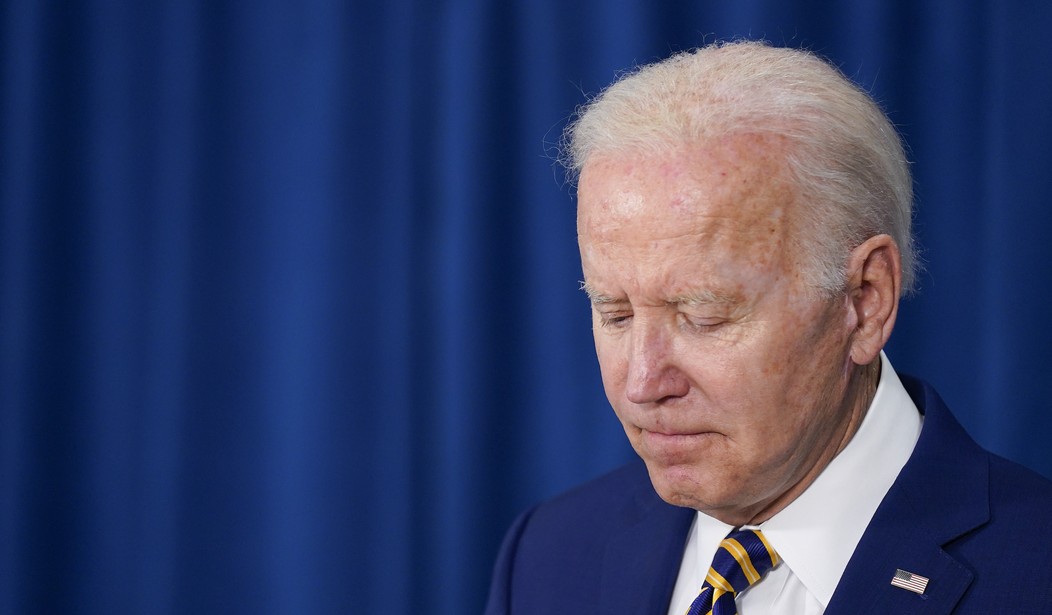Late yesterday afternoon, President Biden finally issued an executive order to empanel a Presidential Emergency Board (PEB) to attempt to settle the impasse between the Class I railroads and the 13 labor unions that represent their workers. After the parties could not come to terms through legally required mediation, the Railway Labor Act (RLA) calls for a 30-day cooling-off period. That period would have ended at midnight on Monday.
Two of the nation’s largest railroad labor unions announced near-unanimous strike authorization votes in the days before the president issued the order for a PEB. The Sheet Metal/Air/Rail/Transportation Union Transportation Division (SMART-TD) and the Brotherhood of Locomotive Engineers and Trainmen (BLET) represent tens of thousands of employees in the Class I operations. All of them could have walked off the job as of 12:01 a.m. Monday. AFL-CIO unions that did not have a strike authorization vote will not cross the line to work when other unions are on strike. Supply lines would have come to a screeching halt.
Now, the PEB has 30 days to investigate the labor dispute and provide recommendations to resolve it. Once the PEB issues its report, the RLA mandates another 30-day cooling-off period as the unions and the carriers attempt to negotiate an agreement based on the PEB’s recommendations. During that 60 days, the unions are prevented from striking. The new strike deadline is in mid-September.
Related: Could the Railroad Industry Go Completely Off the Track?
The PEB is not a guaranteed solution. The open issues are apparent if you read the press releases from the Association of American Railroads (AAR) and the unions. AAR President and CEO Ian Jefferies said, in a press release after the PEB announcement:
“On average, railroaders earn $135,000 annually in total pay and benefits, which is higher than the average compensation of industries that employ 94% of the U.S. workforce,” said AAR President and CEO Ian Jefferies. “Railroads remain committed to reaching an agreement that provides their employees well-deserved compensation increases that keep them among the best paid in the nation.”
The amount provided is total compensation and leaves out a few essential facts. The average rail worker is not taking home the net of $135,000 after taxes. Over the past several years, significant layoffs where the carriers retained more expensive classifications also affected the average. For non-union workers in many industries, the total compensation breaks down into 70% wage and 30% benefits. For unionized workforces, it is often closer to 50/50.
Railroad employees also pay significant union dues, healthcare, and 401K contributions. In addition, they contribute to a railroad-specific retirement system. A benefit called Tier I mirrors Social Security and is paid into at the same rates by the employee and the employer. Tier 2 is a mandatory retirement contribution employees make similar to a traditional pension. The workers cannot dial it down in the face of inflation like anyone with a 401K can.
Recommended: UPenn Nominates Male Athlete Lia Thomas as NCAA ‘Woman of the Year’
The 13 unions involved in the negotiations issued a joint statement indicating wages are a significant sticking point. After summarizing the process going forward, the unions closed with (emphasis added):
The Rail Unions remain united in their efforts, and are now working together in preparation of a unified case representing the best interests of all rail employees before the Presidential Emergency Board. Our unified case will clearly show that the Unions’ proposals are supported by current economic data and are more than warranted when compared to our memberships’ contribution to the record profits of the rail carriers.
Greg Regan, President of the Transportation Trades Department (TTD) of the AFL-CIO, echoed the sentiment of the railroad unions in his statement (emphasis added):
“Just as they [the Class I railroads] have failed in their responsibility to provide reasonable freight service for their customers and the American people, the railroads have also failed in their responsibility to their workers in their greedy quest to become modern-day robber barons.
“The reality is that these frontline workers are pandemic heroes who move essential cargo and goods through the supply chain, yet they have not received a pay raise in three years and are risking their personal health and safety every day on the job.
“The time has come for the nation’s railroads to be held accountable for their actions, and reconcile the long-term effects of their greed. The seven Class I railroads have raked in $146 billion in profits since 2015 while cutting 45,000 jobs in the same period.“
Since the railroads implemented Precision Scheduled Railroading (PSR) in 2015, it is estimated the carriers eliminated one-third of the jobs. Record profits followed, but employees and customers have noted the drawbacks. The U.S. House Committee on Transportation and Infrastructure and the Surface Transportation Board held several hearings on the impact of PSR. In a 2021 editorial, committee member Rep. Peter Defazio (D-Ore.) said:
PSR is not some fancy optimization strategy to increase freight volume or improve operations and reduce emissions; rather, it is a business strategy promoted by Wall Street to boost short-term profits. Wall Street investors have proven they don’t care about the long-term health of the industries from which they seek to extract wealth. Similarly, they don’t care about ensuring an efficient, reliable, and safe freight service that drives the U.S. economy.
Employees also say during the negotiations, the employer’s wage offers fell well below the record inflation levels. Like other large unions, the railroad employees have sacrificed wages in previous negotiations to maintain their benefits. Any significant cuts to these benefits may make passing a new contract difficult. Several employees have said that with the union leadership in the middle, management and the workforce are not even in the same ballpark. Yet, Regan at the ALF-CIO is already calling for Congress to take action:
Therefore, under the RLA, if a PEB is created and no agreement is reached based on its recommendations, the parties could exercise self-help [strike] in mid-September. Congress could take action at this point and mandate the Board’s recommendations or extend the cooling-off period.
Congress can force the PEB recommendation, and it may. In the past, it has imposed PEB recommendations for wages and other terms when the union rejects them. Union leadership often gives their members’ dues to Democrats through political donations. Democrats currently hold the majority.
However, there is no guarantee that the PEB recommendations will meet workers’ expectations. Many expect to be made whole for three years without an increase and the current inflation rate. At the end of the 60-day PEB process, the workers can still strike unless Congress forces the workers to accept the terms they voted down. The Democrat Party and “Scranton Joe” still want voters to believe they represent the working class. Forcing one of the largest unions back to work right before the midterms could be electoral suicide.










Join the conversation as a VIP Member